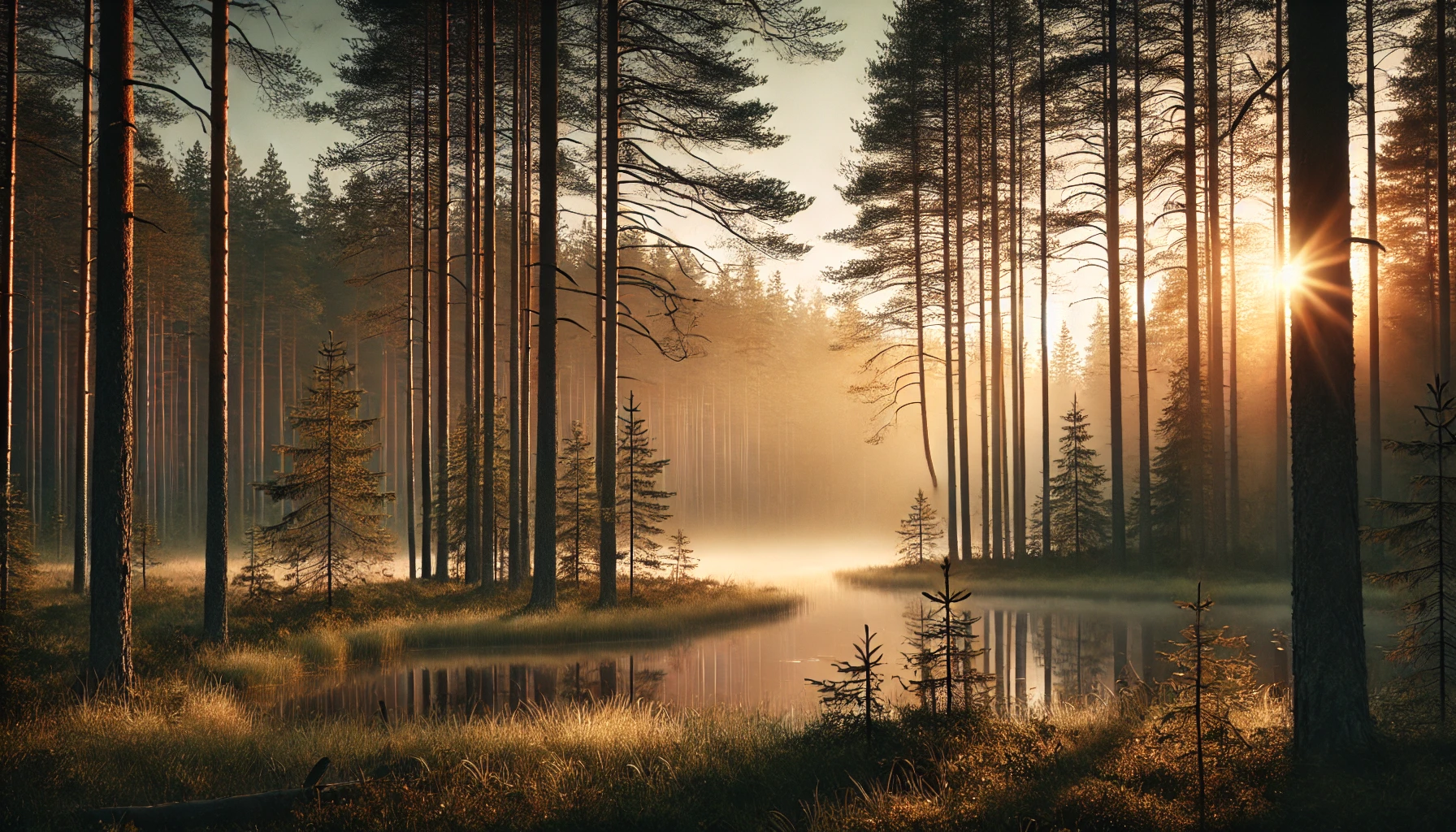Take a moment and contemplate stillness. Humor me. Take thirty seconds, close your eyes, and do your best to be still.
I’ll wait.
Did you last for thirty seconds? What was your experience of being still? Did it feel familiar? Were you eager to get on with your day?
I believe developing our comfort with stillness and practicing it is an essential aspect of raising our consciousness. It’s not easy. In fact, it’s harder today than it has ever been in the history of humanity. But despite everything your culture may have taught you about being productive, there is tremendous value in being still, and essentially doing nothing.
A History of Stillness
Imagine the lives of our ancestors going back 10,000 years or more. Embracing stillness was not hard for them. The idea that stillness is something we must consciously practice would be as foreign to them as a smartphone.
For our ancestors, stillness was a natural way of being. Their lives were not filled with constant information from social media, television, billboards, city life, etc. Much of their lives were spent embedded in nature. Not just embedded – they were one with nature. They were nature.
The stress, anxiety, and fear we experience throughout our days as we scroll our phones and think about the world were reserved for moments when they encountered something truly life-threatening, like a tiger. Their “fight or flight” responses that flooded their systems with adrenaline were primarily reserved for events that truly needed that adrenaline. It was not the norm.
At least, this is how I imagine their lives were.
One school of Buddhism teaches that we are all already enlightened. We do not do years of meditation and practice to “become” enlightened. We are inherently enlightened, and most of us need that practice to clear away all of the chatter and noise our current culture introduces into our way of being.
If you subscribe to this school of thought, it stands to reason that our ancestors had nothing to clear away. That state of enlightenment, which seems reserved for the tiniest fraction of humanity today and typically requires decades of practice, may have been the natural way of being for our ancestors.
I expect their world was a world dominated by love, rather than a world dominated by fear.
The Benefits of Stillness
For all the benefits of modern society, I am not convinced we are in a better place than our enlightened ancestors. But I believe we can have the best of both worlds. Practicing stillness is the path to integrating our ancestors’ way of being into our modern world.
As I read and explore a vast array of spiritual teachings, I see one common theme: fear and love. Most teachings have layers of complexity and richness that I recognize I am boiling away, but there is a simple distinction at their roots. Are we living from a place of fear, or are we living from a place of love? I believe for most of us, fear is the norm. It’s not a conscious choice but a natural by-product of our world.
Stillness allows us to release some of these fears. When we can quiet the mind, the fear flows by like a leaf carried by the currents of a river. Many more leaves will float by, but we can observe and let them continue their path down the river, rather than netting them up and collecting them at our feet on the riverbank.
Stillness builds mindfulness. The more we practice stillness, the easier it is to become still in the moment. Strengthening that muscle supports our mindfulness. When I feel my cheeks grow hot, I know it’s a sign that something is triggering a fight-or-flight response for me. At the first sign of heat, my cognitive brain often has no idea what the cause was. If I can become still in that moment, I can be mindful. Often, I recognize that the stimulus that triggered this response doesn’t warrant fight or flight. If I can be still, the trigger can float down the river like that leaf, my adrenaline can clear, and I’m better positioned to handle the situation.
Practicing Stillness
Do you practice stillness today? I encourage you to establish stillness rituals.
Focusing on your breath is the simplest and most accessible way to practice. In my former role, I spent my day attending back-to-back meetings with little or no breaks in between. A simple practice I adopted was, in between meetings, going to a different area of my office, sitting quietly, and focusing on my breath for sixty seconds. This ritual helped me clear my mind of the previous meeting and re-center before entering the next. I found it much more productive than responding to an email or two in that brief time.
Meditation is another powerful practice. Whether it’s two minutes or twenty, finding time each day to meditate and clear your mind is a potent way to nourish your soul. My favorite form of meditation is just sitting and being still. When thoughts arise, I observe them and let them flow by, doing my best not to become attached to them. With practice, the thoughts come less often and flow by more easily.
My favorite stillness ritual is to return to the lives of our ancestors. On the weekend, I love to find a local trail and run or hike in nature. We can move and be still. I open myself up to the beauty of the world around me and leave modern society behind for a few hours.
Putting It Into Practice
Reconnect with your ancestral way of being by practicing stillness:
- Build a ritual of breathing breaks throughout your day.
- Meditate daily, even if you only have time for a few minutes.
- Find opportunities to be still in nature, detached from the modern world.
Walkabout Corner
I continue to have immense gratitude for the friends who have welcomed me into their homes or shared a meal with me on my walkabout. I am a very relational human being, and I am finding that every human connection nourishes my soul in ways I cannot describe. I began this walkabout to explore the country. I wanted to learn about our different cultures and connect with spiritual locations. I am doing that and finding that the human connections along the way are the most meaningful aspect of my journey. I am grateful to all who have connected with me and will connect with me in the future.
I am an executive coach and life coach with software executive roots in higher education and EdTech. I coach because I love to help others accelerate their growth as leaders and humans. I frequently write about #management, #leadership, #coaching, #neuroscience, and #arete. For an AI-powered search of the blog archives, please visit The Aretist.
If you would like to learn more, schedule time with me.
Want to comment? Join the conversation on LinkedIn.

